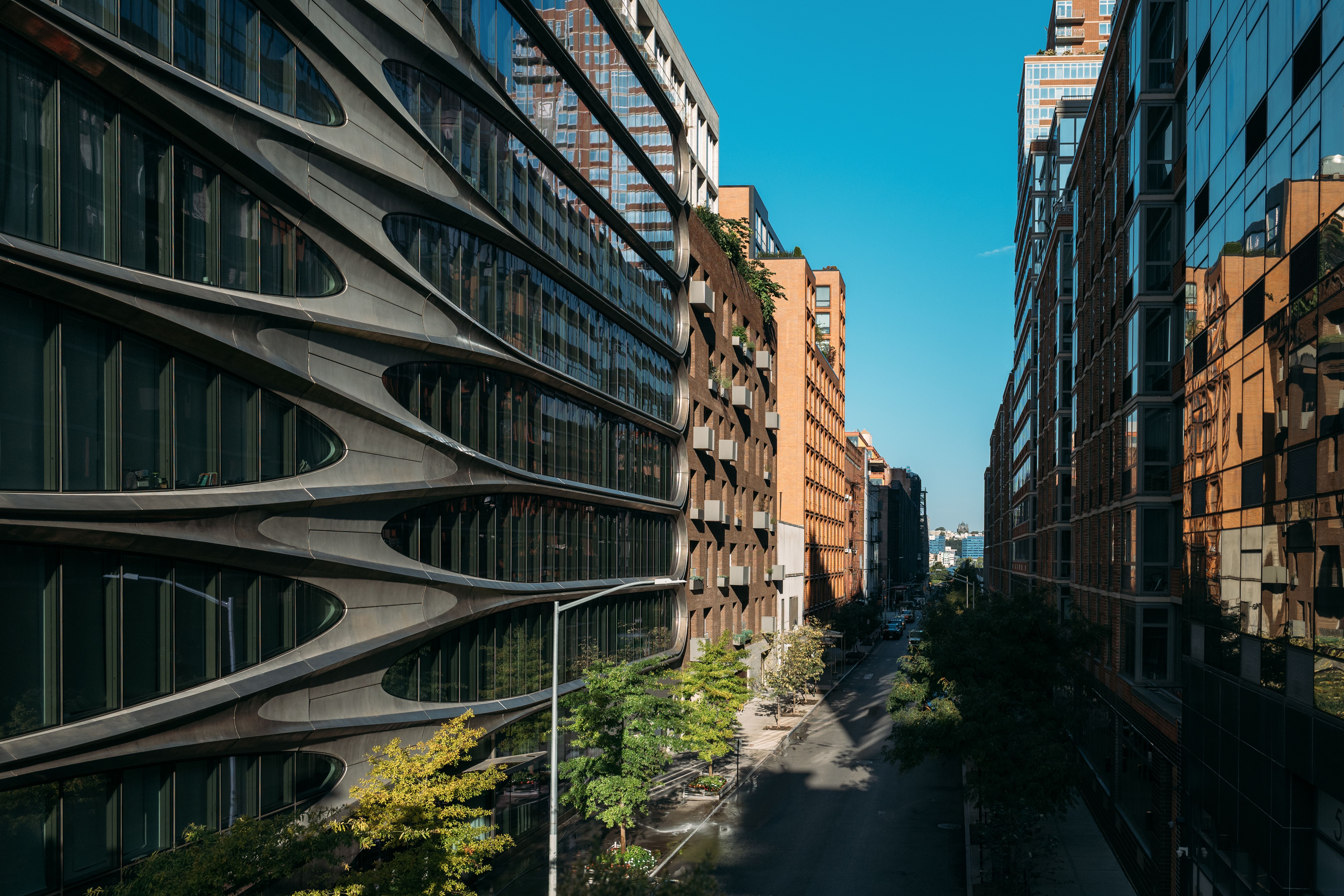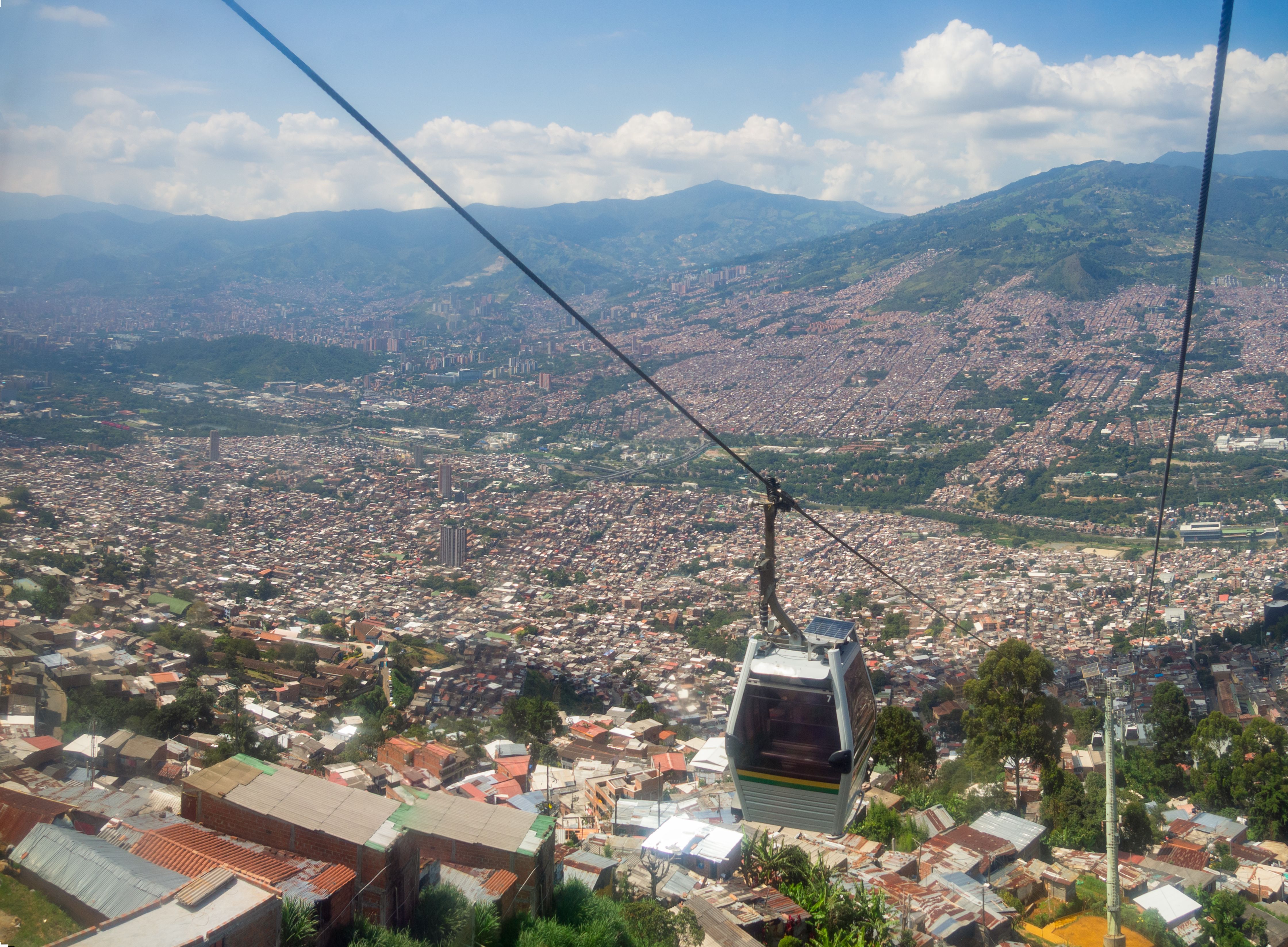Transforming Communities, Redevelopment Success stories
Introduction to Community Transformation
Transforming communities through redevelopment is an inspiring journey that showcases the power of collaboration, innovation, and determination. Across the globe, countless initiatives have successfully revitalized neighborhoods, improving the quality of life for residents and fostering economic growth. These success stories offer valuable lessons and insights into the processes and strategies that can be replicated elsewhere.
Case Study - The Rise of the High Line in New York City
One remarkable example of community transformation is the High Line in New York City. Originally a dilapidated railway line, it was reimagined into an elevated public park. The project not only preserved a piece of the city’s history but also created a vibrant green space that attracts millions of visitors annually.
The success of the High Line is largely attributed to the involvement of local communities and stakeholders. Their input and support were crucial in shaping a space that resonates with both residents and tourists alike, proving that **community engagement** is vital in redevelopment projects.

Empowering Local Economy - The Case of Medellín, Colombia
Medellín, Colombia, once infamous for its crime rates, has transformed into a beacon of urban renewal. Through strategic investments in infrastructure, education, and public spaces, the city has significantly improved its social and economic landscape. Projects like the innovative Metrocable system have integrated marginalized neighborhoods with the city center, enhancing accessibility and connectivity.
This transformation was achieved by prioritizing **inclusivity and sustainability** in planning. Medellín's story highlights how development focused on social equity can lead to profound changes in community dynamics and perceptions.

Community-led Initiatives, Example, Detroit’s Corktown
Detroit's Corktown neighborhood exemplifies successful community-led redevelopment. Once suffering from economic decline, Corktown has been revitalized through grassroots efforts and strategic partnerships. Local businesses, artists, and residents have come together to preserve historic architecture while infusing new life into the area.
This bottom-up approach emphasizes the importance of empowering local communities to take charge of their redevelopment projects. By fostering a sense of ownership and pride, Corktown has become a thriving hub for culture and creativity.
The Role of Technology in Urban Renewal
Technology plays a pivotal role in modern redevelopment projects. Smart city technologies, such as IoT devices and data analytics, are being utilized to create more efficient and sustainable urban environments. These tools help city planners make informed decisions, optimize resource use, and improve service delivery.
Adopting technology in redevelopment initiatives not only enhances operational efficiency but also fosters a **forward-thinking mindset** that can drive long-term growth and adaptability in communities.
Lessons Learned from Successful Redevelopment Projects
Successful redevelopment projects share common elements that other communities can learn from. Here are some key takeaways,
- Community Engagement - Engaging local residents and stakeholders is crucial for shaping projects that meet the needs and expectations of those they serve.
- Sustainability - Prioritizing environmental sustainability ensures that developments contribute positively to the ecosystem.
- Inclusivity - Addressing social equity helps bridge gaps between different community sectors.
- Innovation - Embracing new technologies can enhance project outcomes and future-proof communities.
Conclusion - Inspiring Future Transformations
The success stories of community transformation through redevelopment serve as powerful examples of what can be achieved when vision, collaboration, and innovation come together. As more cities and neighborhoods embark on their own journeys of renewal, these lessons provide invaluable guidance for creating spaces that are vibrant, inclusive, and sustainable for future generations.